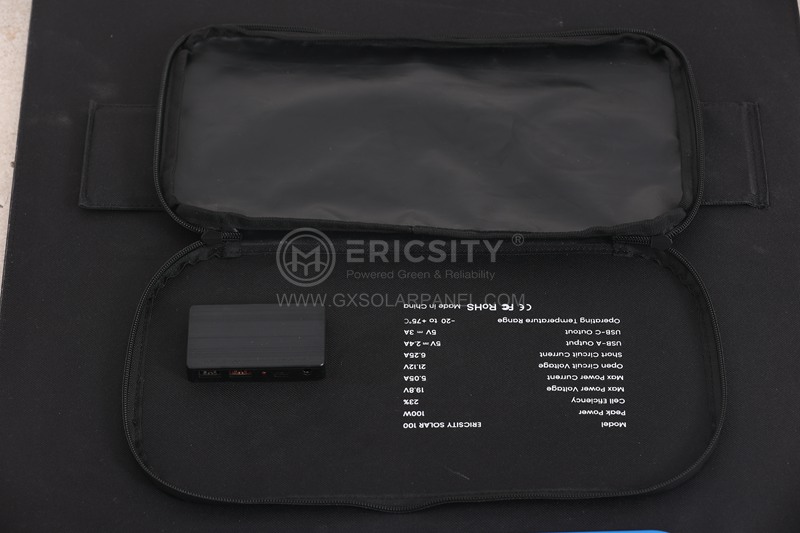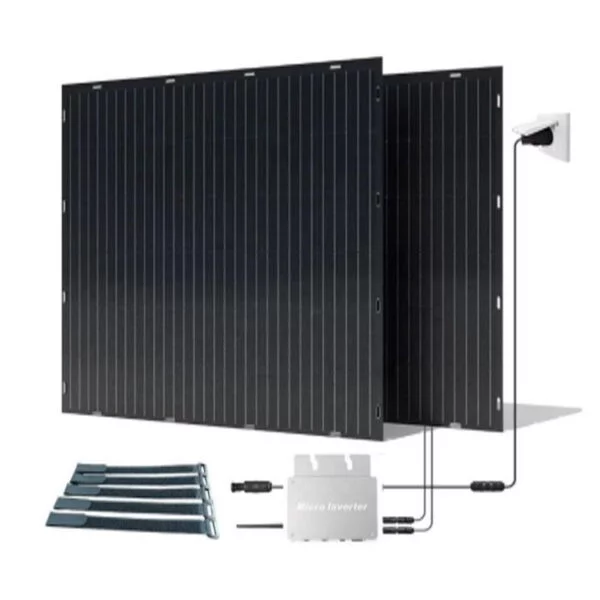HOT PRODUCT
Product Details
Innovations In Solar Pricing: Factors That Influence Flexible Panel Costs
Title: Innovations In Solar Pricing: Factors That Influence Flexible Panel Costs
Introduction (100 words):
Solar energy has become an increasingly attractive option for renewable power generation due to advancements in technology, environmental concerns, and decreasing costs. Among the various solar panel options available, flexible panels have gained popularity for their versatility and affordability. This article will explore the factors that influence the costs of flexible solar panels, highlighting the innovations and advancements in the industry that have contributed to their decreasing prices.

1. Advancements in Manufacturing Techniques (150 words):
Flexible solar panels have evolved significantly due to advancements in manufacturing techniques. Traditionally, rigid solar panels were manufactured using expensive materials and labor-intensive processes. However, technological innovations, such as roll-to-roll manufacturing, have revolutionized the industry by enabling large-scale production of flexible panels at reduced costs. By using a flexible substrate, manufacturers can print thin-film solar cells onto a roll of material, reducing the amount of expensive materials required in the manufacturing process. Moreover, this technique increases production efficiency, enhancing the cost-effectiveness of flexible solar panels.

2. Material Costs (150 words):
Material costs play a significant role in the overall pricing of flexible solar panels. Traditionally, flexible panels were made using rare and expensive materials, such as crystalline silicon. However, the development of alternative materials has significantly brought down the cost of production. One such example is the use of thin-film solar cells that utilize materials like amorphous silicon, cadmium telluride, or copper indium gallium selenide (CIGS). These materials are less expensive and offer more flexibility, making them ideal for flexible solar panels. Additionally, innovations in organic photovoltaic technology have introduced the use of polymers and carbon-based materials, further reducing material costs and allowing for large-scale production.

3. Efficiency and Output (150 words):
The efficiency and power output of flexible solar panels have improved dramatically in recent years. Innovations in cell design, light-trapping techniques, and improved energy conversion efficiencies have made flexible panels a viable option for generating electricity. Higher efficiency means that fewer panels are required to generate the desired amount of power, resulting in cost reductions. Additionally, increased output per panel allows for maximizing limited installation space, making flexible solar panels economically attractive for various applications.
4. Research and Development (150 words):
Investment in research and development (R&D) has played a crucial role in reducing the costs of flexible solar panels. Governments, private companies, and research institutions worldwide have been actively funding R&D projects aimed at improving solar technology. This investment has led to innovations such as new cell architectures, advanced materials, and enhanced manufacturing processes. Moreover, collaborative efforts between different stakeholders have accelerated the pace of innovation and enabled economies of scale, further driving down costs.
Conclusion (100 words):
Flexible solar panels have become more affordable due to innovations in manufacturing techniques, material cost reductions, improved efficiency, and extensive research and development. These innovations have opened up possibilities for widespread adoption of solar energy, allowing individuals and businesses to harness the power of the sun at an increasingly competitive price point. As the solar industry continues to progress, further advancements in technology and manufacturing processes can be expected, making solar energy an even more economical and sustainable choice for the future.




